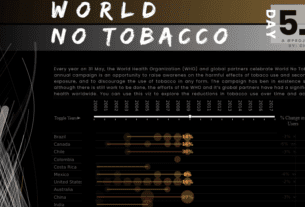
OpenHIE
 The OpenHIE community of practice formed in early 2013, evolving from the work that initially began in 2009 to establish the Rwandan Health Information Exchange (RHIE). As the benefits of the approach adopted in Rwanda became apparent, interest gathered from other countries looking to apply similar architectural tactics within their environments. Today, OpenHIE’s approaches, reference technologies, and community processes are being leveraged or explored in multiple countries.
The OpenHIE community of practice formed in early 2013, evolving from the work that initially began in 2009 to establish the Rwandan Health Information Exchange (RHIE). As the benefits of the approach adopted in Rwanda became apparent, interest gathered from other countries looking to apply similar architectural tactics within their environments. Today, OpenHIE’s approaches, reference technologies, and community processes are being leveraged or explored in multiple countries.
To impact global health outcomes, data needs to be shared and interpreted across clinics, countries, and continents. That’s why OpenHIE values sharing knowledge and building relationships to make health information exchange accessible to all.
OpenHIE’s Architecture is made up of patterns that ensure that health information from various external systems is gathered into a single, unified HIE. To accomplish this, the exchange normalizes the context in which health information is used by focusing on the “for whom”, ”by whom”, “where”, and “what” of a patient’s health visit, bringing relevant information through a layer of interoperability and directly to the point of service. Additionally, OpenHIE also integrates medical supply data. This supports enhanced decision-making, improves the quality, safety, and continuity of care, and facilitates the appropriate use of information to improve health in a population.







